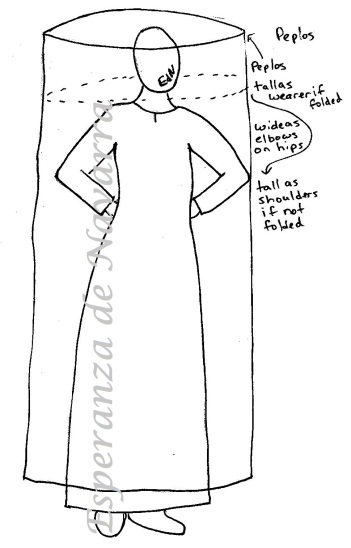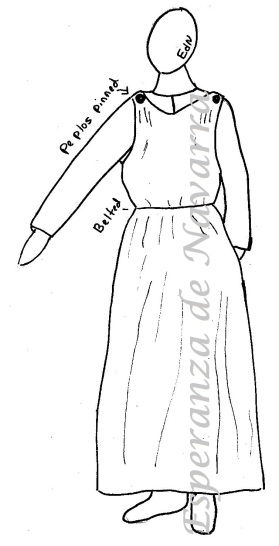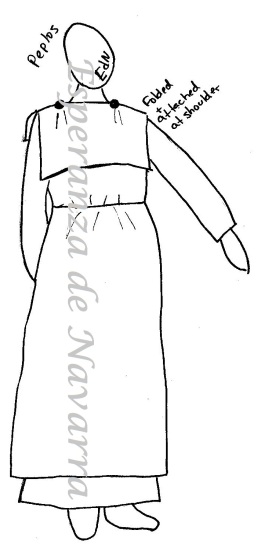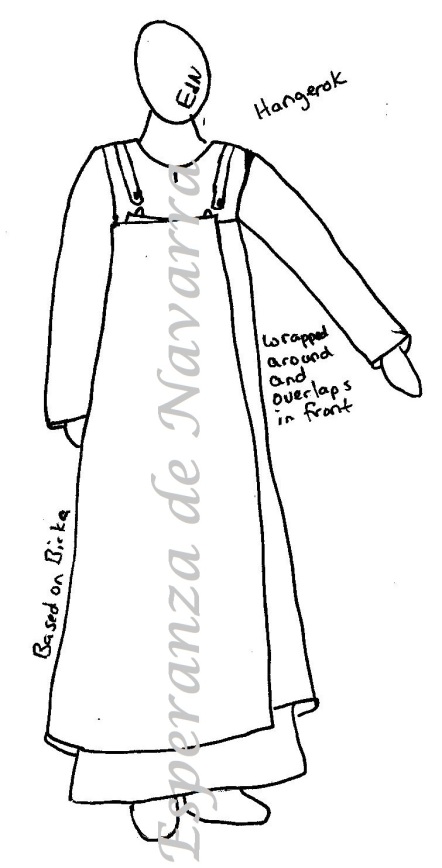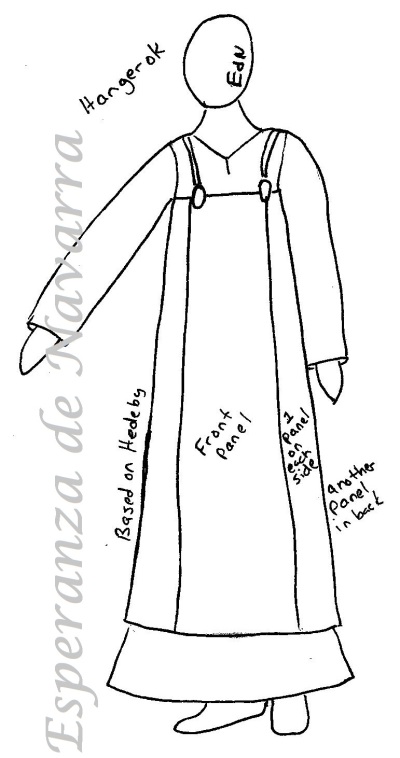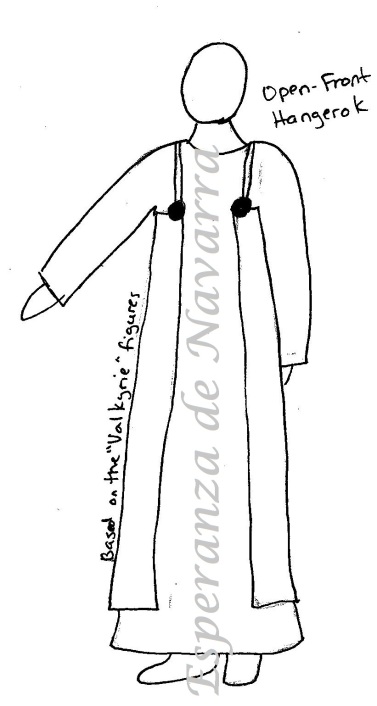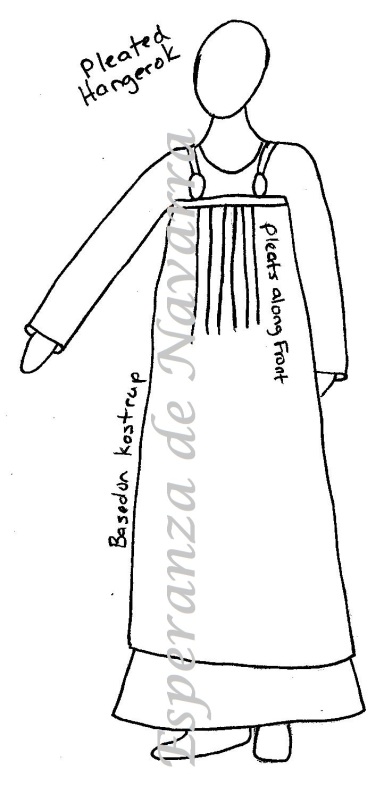Almost a year ago, King James and Queen Joan of Gleann Abhann announced that Baron Gellir Gunnarson, one of my best friends, would be elevated to the Order of the Pelican, one of the highest honors in the SCA. Being me, I wanted to dress him.
That started my Skjoldehamn project, which is thankfully coming near an end. The end will be at Kingdom A&S in September. At which point, poor Gellir will get to take the dang thing home with him.
Not that I did not love playing dress-up, but this simple tunic has taken so many hours that I now hate this shade of blue, which was once my favorite!
Granted, I am a slow seamstress, but the main issue was making this tunic entirely authentic to the Skjoldehamn find, including the itty bitty stitches they used in the seams. Not realizing how tall my friend is (in my head all people are either shorter than me, taller than me or way taller than me), I had not realized how many linear yards of internal seams there would be.
Since I don’t even research half-assedly, I also translated enough research on the Skjoldehamn find to use as a masters degree dissertation! Be prepared to be overwhelmed with as many aspects of the Skjoldehamn find as you can imagine.
Why my fascination with the outfit from the Skjoldehamn find?
Much of the background information on the find itself and the clothing is not in English, but in Norwegian. Most of what I now know and now find fascinating, I didn’t know when I first started researching it. The Skjoldehamn outfit initially appealed to me because it is one of the most complete Viking-age outfits that we have ever found.
The clothing items include:
- Overtunic
- Undertunic
- Pants
- Hood
- Leg wraps
- Woven belt
And that’s just the cloth items!
The items individually are well enough preserved that there is a wealth of information to gain from them. Even with all of this, the clothing, until recently, the Skjoldehamn clothing was not well researched or documented. Why?
I do not know for certain why this find has been ignored, but by the end of this journey I will share my thoughts on the subject.
Let’s start with some background.
Background on the Skjoldehamn Find
Timing
The body was discovered the same month as the first Viking-age clothing was found in Sweden – June 1936. This is 2 years before Agnes Geijer writes her definitive work on Viking-age textiles focusing on the Birka find, Die Textilfunde aus den Gräbern. Clothing and textiles, at this time in archaeology, were not considered important. Everyone focused on the weapons and artifacts.
Place
Skjoldehamn is located on the northern tip of Norway on the coast of the Norwegian Sea. Thanks to Google Maps, we can get an idea of how far north this place is.
I’ve circle Skjoldehamn in red. Skjoldehamn is located on the island of Andøya in the cluster circled.
It is not a very pleasant place. Saying it is cold is an insult to cold places.
For example, today here in Baton Rouge, Louisiana the high was 84°F, felt like it was 93, and it rained almost all day. Hot and rainy is typical southern Louisiana weather in June. 84°F for June is actually fairly cool, but I suspect that most places in the US are closer to the mid 70’s.
The high in Skjoldehamn today was a whopping 45°F and felt like 39°F. It also rained there, but, while our low tonight will be 70°F, their low is 27°F and feeling like 5°F. 5°F!! In June!!
That area of Norway is bleak, even for Norway, and under snow a good portion of the year, yet it does have a long history. Traces of a medieval road connect Skjoldehamn it to southern areas in Norway. Even back in the Viking-age, people traveled to this remote location. In the 1930’s, Skjoldehamn was a fairly sparsely populated farming village. It was old, but not as old as many other villages.
The island of Andøya, where Skjoldehamn is located, does not have much lumber for burning. Most people burn bricks of peat for warmth. Peat is compacted partly decayed organic matter found in bogs or peatlands. Bogs are pretty common in northern Europe and burning peat is common too. Scotland is well known for its peat bricks, and it is the spring water filtering through the peat that gives Scotch its earthy flavor.
That’s where I’m going to leave you today. Next I’ll tell you a nice bedtime story of why the find got so f’d up.
Esperanza de Navarra










